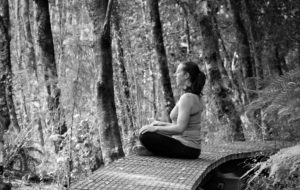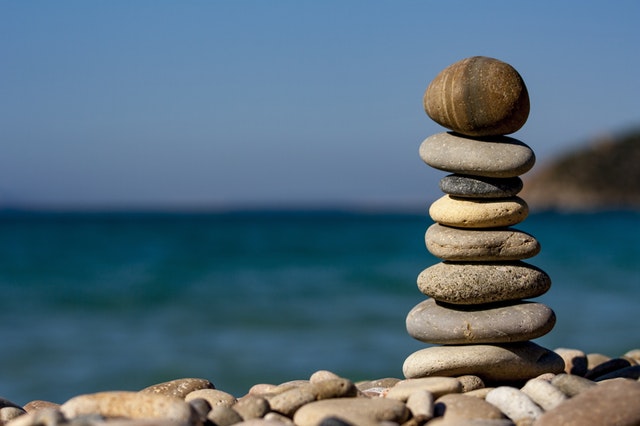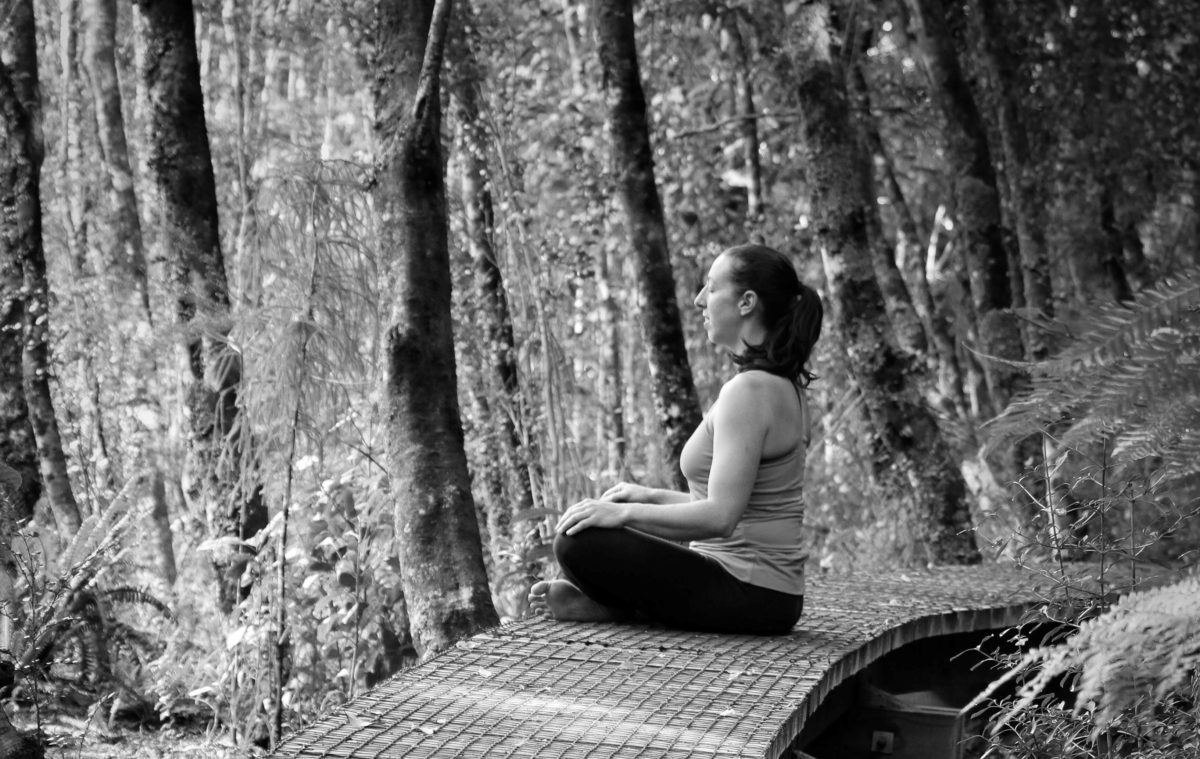 Update: I wrote the post below in September 2018. Since then I’ve learned that saying namaste at the end of a yoga class is not a yoga tradition. It is both a misuse of the word and cultural appropriation. I’ve written an updated post about what I’ve learned and why I’ve stopped saying namaste at the end of my yoga classes.
Update: I wrote the post below in September 2018. Since then I’ve learned that saying namaste at the end of a yoga class is not a yoga tradition. It is both a misuse of the word and cultural appropriation. I’ve written an updated post about what I’ve learned and why I’ve stopped saying namaste at the end of my yoga classes.
***************
Recent articles from my favourite yoga blog, Yoga for Healthy Aging, along with Te Wiki o te Reo Māori, have made me think about why I say namaste at the end of my classes.
Sometimes I’m asked about the style of my classes. People are curious if I incorporate religious, spiritual or philosophical aspects of yoga. My classes aren’t spiritual and I leave it to you to take what you want from the class. Some people do find a spiritual experience, while others are glad to just stretch, some like the challenge of different movement and others need to unwind from stress.
Along with those questions, I’m also asked if we chant or say namaste in my classes. I tried incorporating chanting in my classes, but I found that most people didn’t join me. I realised regardless of their interest, chanting wasn’t something that appealed to me. It wasn’t genuine and I’ve left it out of my classes since then. At my Yoga for Trampers class, the first year I didn’t say namaste because a few regular attendees weren’t comfortable with the word. I left it out, wanting my classes to feel safe and accessible.
After that first year, I realised that I wanted to say namaste at the end of my classes. I always thank people for coming, but I wanted something more, something that for me represented more than just a thanks for turning up. Something that said thank you for trying something new, for laughing when I make a mistake, for laughing at yourself when you make a mistake, for not judging yourself/others/me, for just being present. And for me, Namaste seemed to encapsulate that. So I say it at the end of all my classes and leave it the people who come to say anything or nothing.
The Yoga for Healthy Aging articles, asked why yoga classes finish namaste and the anjali mudra (hands together in front of the chest), discussed how saying namaste is just a perception of what’s done in yoga in India (regardless of accuracy), and concluded with an article about how namaste is a “revered Sanskrit word with a deep and profound meaning”. It was the last article that I found resonated with me, where Ram, the author, wrote:
“Words are not just elements to utter or write, they carry energy and travel through space as vibrations that can impact the receiver both negatively and positively. Notice our feelings and our state when we hear certain pleasing words or violent words. Pleasing words calm and de-stress us while spiteful/vicious words ruffle us and disrupt our calm demeanor. Namaste is a pleasant sounding, harmonious, and revered word that has its energetic effects on body, mind and intellect. And unlike what some fanatics profess, namaste is not bound by religion. Its effect and meaning is beyond any religious connotation.”
And he goes on to say:
“Thus, at the highest level namaste is not a loose word but a revered greeting. There is no specific time, venue, or event when this can be said.
…To use this word, you need to be open hearted and generous with your good wishes and blessings to others and to society. Say “namaste” and let go of your ego and personality, feel open, grounded, and calm. And experience oneness with your true self and see everyone and everything else as an embodiment of that true self: “the oneness”.”
These discussions helped me consider and reconfirm my choice to say namaste. But it also inspires me to consider the other language and words that I could choose.
By the way if you are interested in exploring chanting, see this blog post and upcoming vedic chanting classes from local teacher Linda on the Benefits of Chanting. I may not offer chanting in my classes, but chanting is still a wonderful and beneficial thing.




